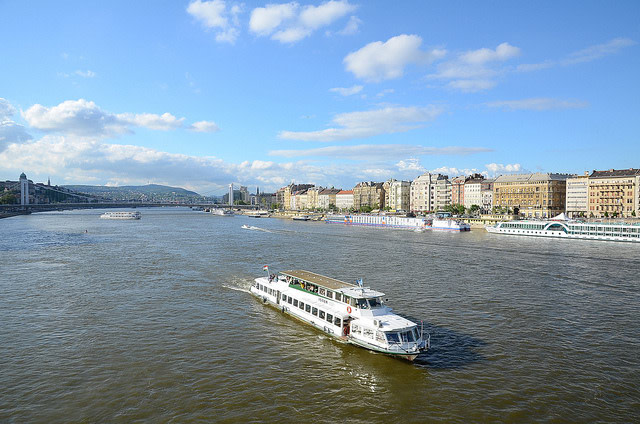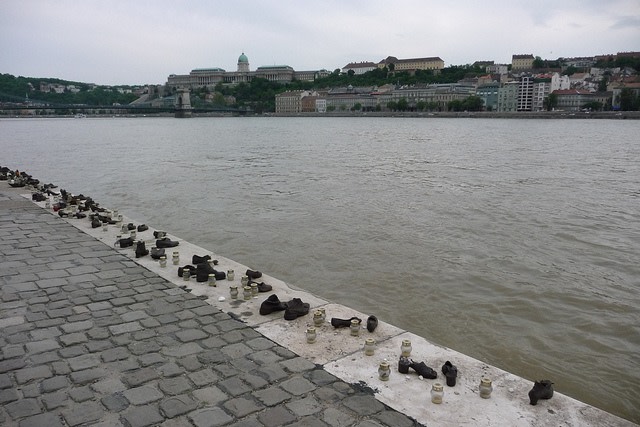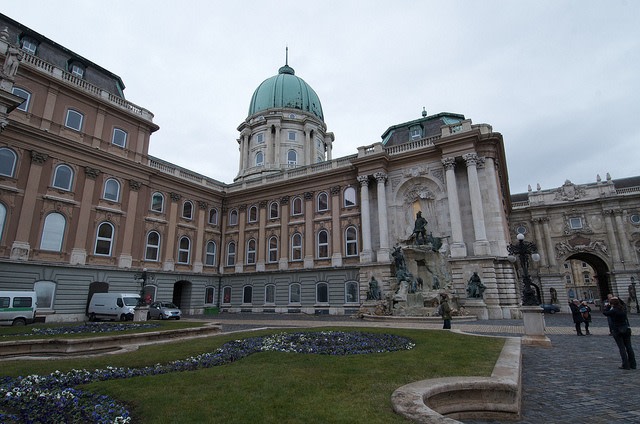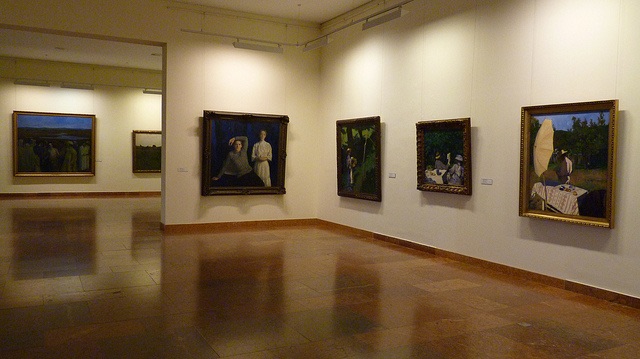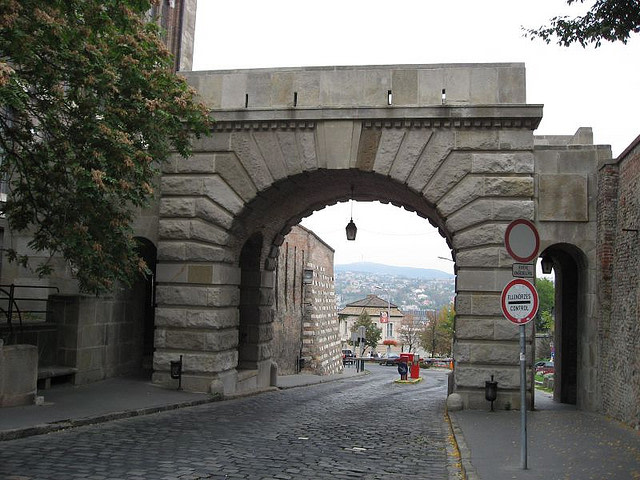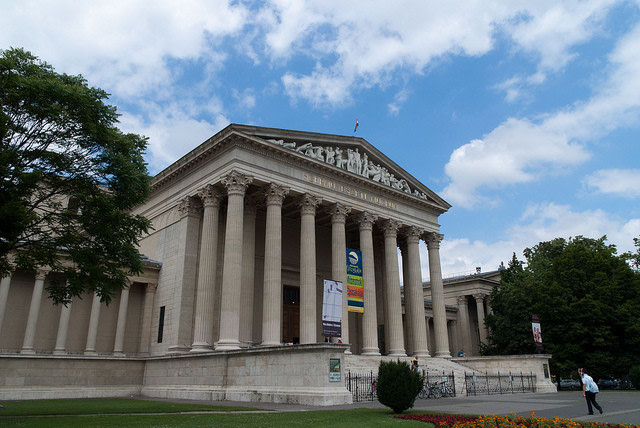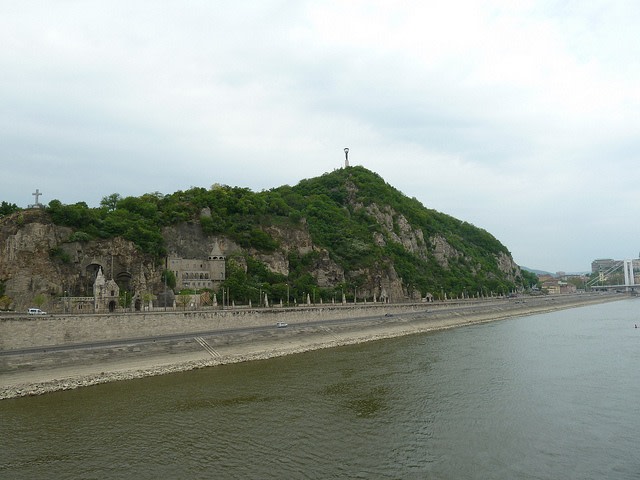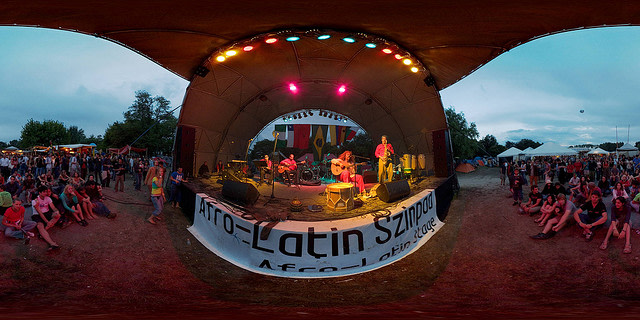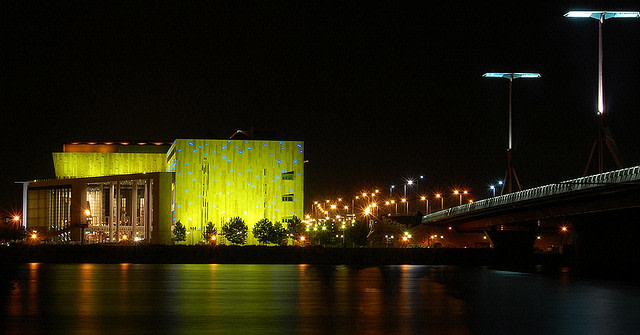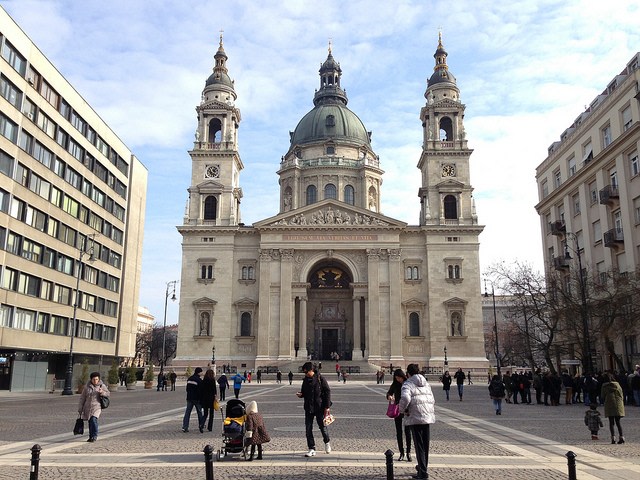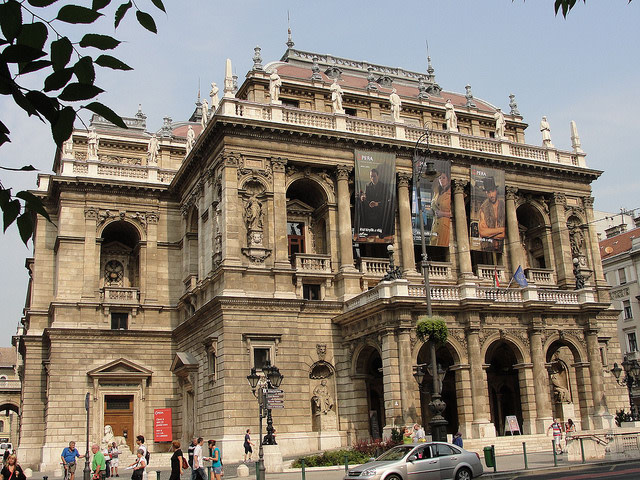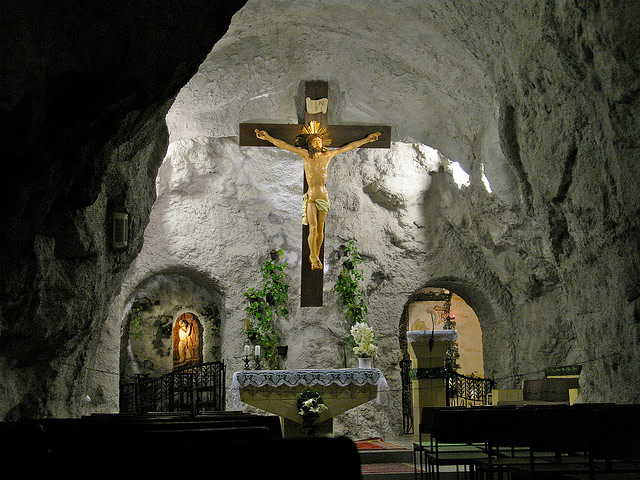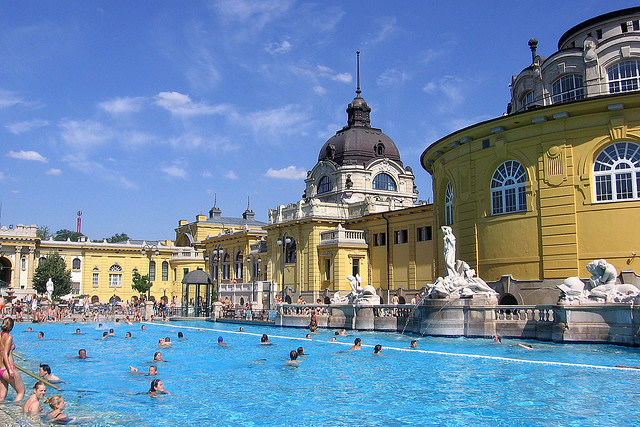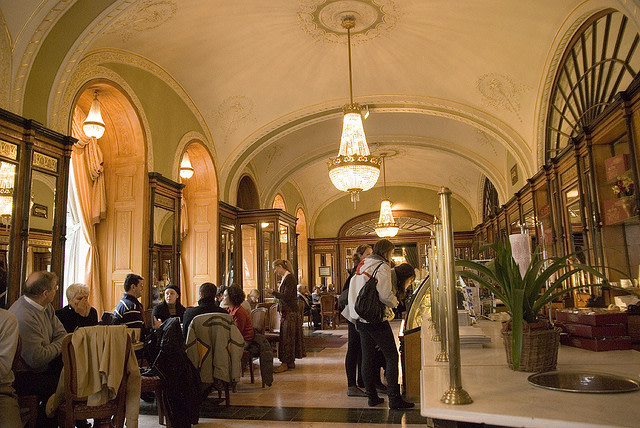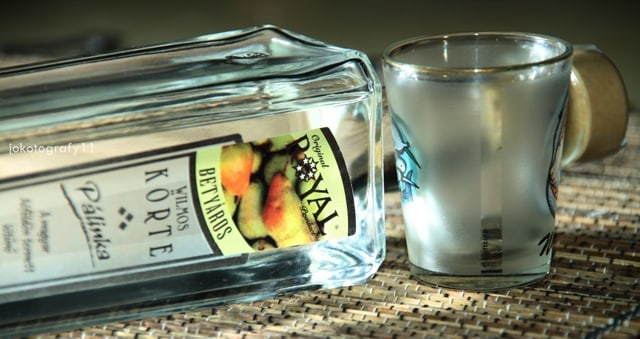| 11 mins read
By Julie Jennings
Seated as it is as the economic and cultural center of Hungary and once referred to as “the Queen of the Danube,” Budapest combines striking beauty and cultural depth with economic strength and a turbulent history. Today, this vibrant city encompasses over 200 squares miles and nearly one-fifth of Hungary’s population. Budapest is the largest city built along the world-renown Danube River, which divides the city in two and hails as the continent’s second longest river at 1,785 miles in length. To the west is the former Buda, made up of wooded, rolling hills, and in stark contrast, to the east is Pest, spread out on vast plains. With so much to experience and a vast array of interests to satisfy, here’s a compact Budapest Tour Guide with a listing of the many jewels to be found in the city, to help you create that magical holiday!
The Danube River, Riverfront and Margit Island
The Danube River is a scene unto itself, especially in the evening. Plan to take a river cruise, not as much for the cuisine, but to fully appreciate the city’s romantic charm and beauty. In the evenings, the view from the river reveals twinkling lights on the city’s buildings, along its riverwalks, and on brightly lit bridges. A walk along the Pest side of the Danube, near the Parliament Building and Kossuth Lajos Square, will reveal the somber, yet important, Shoes Along the Danube Promenade Memorial, a Holocaust memorial of simple, but unique presentation and striking impact.
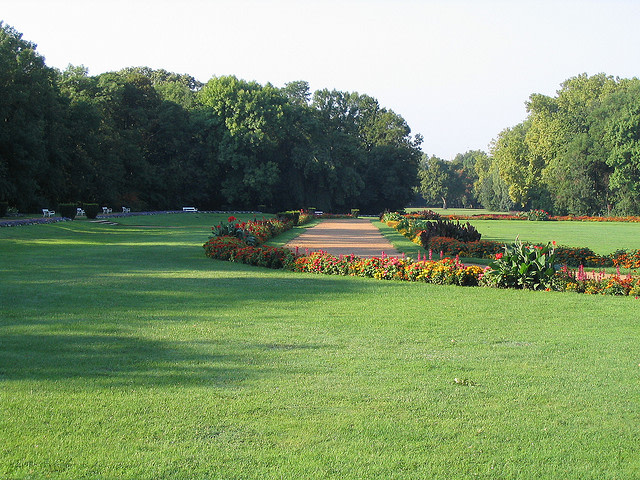
There’s so much more to Do and See in Budapest
For a visit to medieval Budapest (or Buda) and a panoramic view of the city, a visit to Castle Hill, known as Várhegy in Hungarian is highly recommended. Travelers are taken back to a simpler time of cobblestone streets, which wind their way up amongst shops and cafes to the castle atop the hill. Get there on foot from Chain Bridge, or take a bus or slightly pricier funicular if the climb is too steep. Once on Castle Hill, an array of popular sites are available. Do remember to wear comfortable walking shoes to fully appreciate the spectacular scenery and explore the small, hidden gems along the cobblestone streets in the Castle District.
The Royal Palace, which dates back to the 14th century and was originally built in gothic style, is now a unique combination of neo-Baroque and Baroque features following its destruction over 400 years by the Christian and Turkish battles and then German occupation in WWII. The Palace also houses TheNational Gallery, host to an astounding, rare collection of Hungarian paintings, sculptures and exhibits. The gallery’s stunning dome re-opened after years of refurbishment for visitors to tour in small numbers, and is open to the public Tuesday through Sunday during daytime hours.
Visitors can also see the "Church of the Blessed Virgin” or Matthias Church, named for the popular Hungarian King, the Vienna Gate, the Fisherman’s Bastion, and Mary Magdalene Tower. Plan to spend at least a half day exploring this area.
The Museum of Fine Arts, or Szepmuveszeti Muzeum, is a treasure trove of significant European art collections and is not to be missed by art lovers. Its Renaissance architecture and exhaustive exhibition halls will not disappoint. Artists include Raphael, El Greco, Velázquez, Rembrandt, Tiepolo, Goya, Manet, Monet, Toulouse-Lautrec, Cézanne and Chagall, among many others.
Enjoy another stunning view of Budapest and the Danube at the top of Gellert Hill, a respite from the bustling city. The statues are worth seeing and The Citadella, a fortress built in 1854 by the Hapsburgs to protect the people of Pest, is a quick viewing. Travelers may wish to challenge themselves by hiking to the top or simply taking a bus within steps of the Citadella.
The Sziget Festival is a week-long music festival on Óbudai-sziget, or Old Buda Island, on the Danube River. The festival, which began in 1993 as a student-driven music gathering, is now held each August and is known internationally as one of the top five music festivals in the world. Tickets go on sale in November for the following summer.
Known as Müpa since its opening in 2005, The Palace of the Arts in Budapest is an architecturally stunning home to various art disciplines, from classical, contemporary, popular and world music, including jazz and opera, to contemporary circus, dance, literature, and film. The award-winning arts complex highlights Hungarian artists, while seeking to expose audiences to the artists of the international stage. The three institutions housed in the building – the Béla Bartók National Concert Hall, the Ludwig Museum and the Festival Theatre – are a part of Budapest’s Multicultural City Centre, which was built on the Danube waterfront. A stunning and masterful organ, housed in the concert hall, is considered to be one of the largest organs in the world.
St. Stephen’s Basilica features a magnificent 300-foot, neo-Renaissance dome, which can be accessed by stairs or small lift, for a wonderful view of surrounding Budapest. A visit to the lavish and well-preserved basilica is well worth the time and is free to all visitors (a small donation is requested for the dome). The basilica is still an active parish, so plan to tour the ornate interior, attend the Catholic services, attend an evening organ concert, or simply rest in the surrounding square with coffee from the local cafés.
For opera aficionados, Budapest is home to some of the most historic opera houses, including the Budapest State Opera House, which was built in an elegant neighborhood on Andrássy Avenue and designed by Hungarian architect Miklós Ybl for the Millennium celebrations in 19th century. Since its completion in 1884, the Opera House has hosted opera and ballet performances for millions of Hungarians and tourists. The Budapest Operetta and Musical Theatre, originally designed by the architect-duo Fellner and Helmer as an orpheum bar of the late 19th century and early 20th century, was completely refurbished in 2001 as a modern operetta auditorium, although the décor is steadfastly dedicated to its origins, as exemplified in the original, 100 year-old chandelier. Travelers to Budapest can enjoy a performance or simply tour these opera houses.
For the intrepid traveller, “Caving”, which is accessible in the Buda hills, is a “must-do” on a visit to Budapest. The intricate cave system can be explored with an Adventure guide in two to three hours. Climbing and maneuvering through the expansive caves will challenge and inspire, so be prepared to sweat and leave any claustrophobia behind.
Geothermal springs abound in this area of Hungary, thus a major reason the Romans established their regional capital at Aquincum near the Danube. Many Roman bath ruins still are operational in Budapest, while an abundance of the current baths are ones first established by the Turks in the 16th and 17th centuries. Known as the “City of Spas,” Budapest maintains its geothermal baths today for visitors to use medicinally and for relaxation purposes.
Dining and Drinking
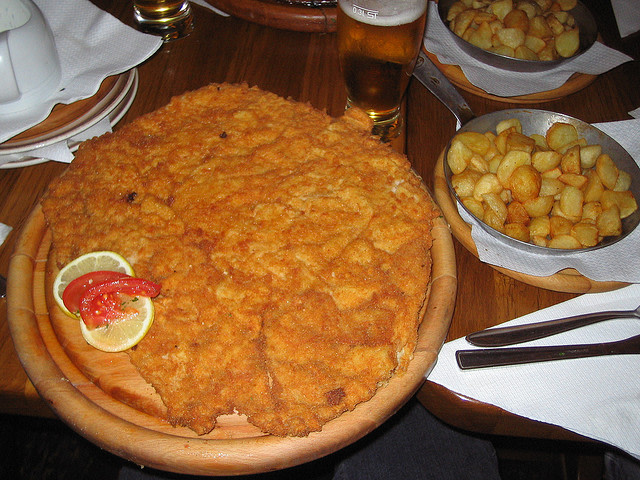
To experience Hungarian dishes and wines, visit some of the many coffee houses and restaurants in the Castle District, a beautiful area of old Buda. Hungarian meals include goulash, chicken paprika, stuffed cabbage, goose liver, hortobágy style pancakes (filled with minced chicken paprika), lecsó (Hungarian style ratatouille), and túrós csusza (pasta with cottage cheese and bacon bits).
Travelers should sample the delectable desserts, including apple and cherry strudel, gundel crepe, somlói galuska (sponge cake), túró gombóc (cottage cheese dumplings), szilvás gombóc (plum dumplings), and kürtős kalács (funnel cake). For those seeking a local favorite, sample pálinka, a fiery fruit brandy often distilled from home-grown plums, apricots and pears.
Getting There and Using the Metro and Other Public Transportation
Fly into Budapest Ferenc Liszt International Airport (BUD), which is named after Franz Liszt, the Hungarian piano virtuoso and composer. The airport is located just 9.9 miles east-southeast of the city center, and is accessible by metro line, shuttle, taxi and bus. Rental cars are also available, but Hungary has strict driving laws that must be adhered to, especially regarding alcoholic beverages. A Budapest Tour Guide can help arrange for transportation while in the city.
The Budapest Metro is one of the oldest metro lines in the world, second only to London’s Tube. Metro Line 1, or M1, first opened in 1896 as an underground and aboveground train, running 2.3 miles and carrying up to 35,000 passengers in a day. The Metro has since expanded to four lines, using not only Budapest’s city center as a transfer point, but expanding between northeast Pest and southwest Buda with M4, which opened in the spring of 2014. The newest stations are exemplary models of state-of-the-art architecture and local design. A fifth line is being planned.
Weather in Budapest, Hungary
The beauty of Budapest’s gardens and parks is certainly enhanced by the region’s abundance of rainfall, an average of nearly 24 inches annually, yet it is equally supported by the long, sunny spring and summer seasons. From May until September warm days in the 70s and 80s F are balanced with cool nights. July and August Warm temperatures and sunshine may extend into October, often called “Indian Summer.” Oppressive humidity and sudden rain storms are prevalent in July and August, so travelers may find the most pleasant weather in late spring (mid-April to early June) and early autumn (September to mid-October). The winter months are quite gray and cold, with temperatures often dropping below 32 degrees F, particularly at night.
(Julie enjoys writing about people she’s met, places she’s visited and experiences she’s had. She lives with her two children in Southern California and dreams of taking her next trip.)
Image Details and Licenses: https://flic.kr/p/bEJrH7 (Ewelina, CC BY-NC-SA 2.0), https://flic.kr/p/ehrgnC (Igor Bertyaev, CC BY-NC-SA 2.0), https://flic.kr/p/2Prmtw (Alin Boboiciov, CC BY-NC-ND 2.0), https://flic.kr/p/bWJFaz (Anthony Hevron, CC BY-NC 2.0), https://flic.kr/p/9sWHv5 (damian entwistle, CC BY-NC 2.0), https://flic.kr/p/3fgNq5 (Mike Lee, CC BY-NC 2.0), https://flic.kr/p/8bBA9Z (Zsolt Andrasi, CC BY-NC 2.0), https://flic.kr/p/9UQ5zW (Alistair Young, CC BY 2.0), https://flic.kr/p/kw9gz (Aldo Hoeben, CC BY-NC 2.0), https://flic.kr/p/6Aeem7 (hojjhojjhojj, CC BY-NC-SA 2.0), https://flic.kr/p/dX2uYU (Heather Cowper, CC BY-NC 2.0), https://flic.kr/p/d7SsgN (RachelH_, CC BY-NC 2.0), https://flic.kr/p/77Rx6K (Hungarian Snow, CC BY-SA 2.0), https://flic.kr/p/576DAb (Vlasta Juricek, CC BY-NC-SA 2.0), https://flic.kr/p/5Z7cQ (Julia Janßen, CC BY-NC-SA 2.0), https://flic.kr/p/453qoS (Synwell, CC BY-NC-ND 2.0), https://flic.kr/p/d9UbKB (Rachel Bickley, CC BY-ND 2.0), https://flic.kr/p/6oqeEC (tscoke, CC BY-NC-SA 2.0)


